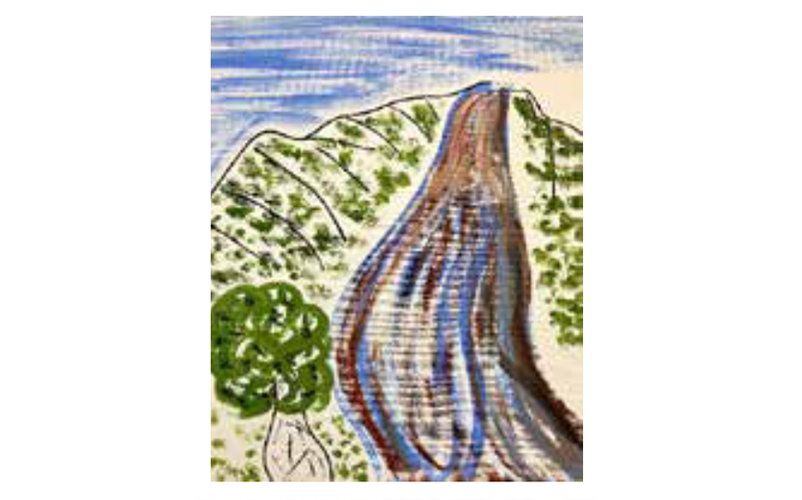Following the North and Far North Queensland Monsoon in January 2019, the Wujal Wujal Aboriginal Shire Council has undertaken recovery activities. This case study looks at the recovery planning techniques used by the Queensland Reconstruction Authority and the local community.
The Wujal Wujal Aboriginal Shire is a local government area in the Cape York region of Far North Queensland. The name ‘Wujal Wujal’ means ‘many falls’ in one of the local Indigenous languages.
The Wujal Wujal community is home to three traditional clans and several Indigenous languages. It covers an area of 20 kms and is located approximately 30 kms north of Cape Tribulation and 60 kms south of Cooktown. Access to the community is via a sealed road from Cooktown or by the Bloomfield Track; an unsealed road from Cape Tribulation. During flooding the road from Cape Tribulation is impassable.

Far North Queensland showing location of the Wujal community.
Source: Queensland Reconstruction Authority
Wujal Wujal is an active, safe, progressive and healthy community with high levels of participation in sports and economic opportunities. The community is culturally rich with a strong appreciation of the traditional Eastern Kuku-Yalanji knowledge, language, skills and connection to the natural landscape and resources.
The scenic landscape, rainforest and the Bloomfield River are the traditional grounds of Eastern Kuku-Yalanji people. The lands and rivers are protected, valued and managed sustainably. Land is limited and community development is determined by a collaborative partnership between all stakeholders representing the community and providing a transparent decision-making process.
During January of 2019, Wujal Wujal was hit by substantial flooding. One Elder said, ‘Everyone was worried for everybody who lives in the valley. Everybody who lives here lost something’.
The Queensland Reconstruction Authority’s recovery team worked with the Wujal Wujal Aboriginal Shire Council so that the local recovery plan reflected the shire’s distinctive qualities and strong links to community, culture and environment.
While scoping the development of the recovery plan a number of meetings were held with the Mayor, elected members, the council Chief Executive Officer and Elders of the Wujal Wujal community. These meetings developed trust and greater understanding of community perspectives that enabled an inclusive process to develop the plan. The plan is focused on Ngulkurrmanka (healing), Binalmalmal (learning) and Kabanka (rising), reflecting one’s own individual journey and not necessarily a chronological approach. The colours used in the plan demonstrate strength and positivity.

Wujal Wujal community elders worked with Queensland Reconstruction Authority staff to develop the recovery plan.
Image: Queensland Reconstruction Authority
The approach included the engagement of Queensland Reconstruction Authority staff with Elders from the Yalanji, Jalunji and Ngungkul people to learn the story of the community, the effects of the flooding and their vision for the future. The connection with the Elders and local council was the first time this approach had been used. This allowed the community’s leadership to be involved and participate in the recovery process, recognising the role of both elected and traditional leadership.
To obtain these perspectives, ‘yarning’ was encouraged through picture cards, which focused on aspects of the community, cultural linkages and the damage caused by the event. The yarns improved the understanding of the story that was documented using the local language where possible.
As a way of facilitating the healing process linked to the plan, local artists created artwork to capture the event’s story and the perceived future state of Wujal Wujal after the community recovers.
The plan is owned by the community, is accessible, highlights resilience, reflects the connections to the community and is completely distinctive. The community wants to share their journey with others as a story of strength. The final plan has been described as ‘the embodiment of community; more than words on a page’.



